Digitalization, agriculture And energy production find a concrete meeting point in the new collaboration between TETHYS and RP Global. The goal? Design and manage agrivoltaic systems capable of reconciling agricultural efficiency and environmental sustainability, thanks to the advanced use of data.
The agreement provides for thetheIntegration of TETHYS technology – a satellite DSS system for agronomic monitoring – all'internal operating practices of RP Global, an international player in the renewable energy sector.
Understanding the soil, designing responsibly
Every agrivoltaic project starts from the ground. For this reason, the first phase of the joint work consists in the creation of a detailed soil and agronomic profile of the affected area. It's not just about physical data: biological aspects, existing vegetation, agricultural management methods and any environmental or regulatory limitations are also analysed.
All this is transformed into visual and georeferenced material, to provide a clear and well-founded framework to support the design.
Compatible crops, not just coexisting ones
An agrivoltaic system really works only if theagricultural activity continues to generate value. For this, TETHYS and RP Global will build a compatible cultivation plan, which takes into account shading, the modified microclimate and the system configuration.
The goal is not simply to "make them coexist" agriculture and photovoltaics, but design the synergy: suitable crop rotations, selected varieties, appropriate agronomic techniques, rational use of water and containment of chemical inputs. All designed to guarantee real and verifiable agricultural yield.
A DSS to read, interpret and demonstrate
The digital heart of the collaboration is the TETHYS system, with its dedicated modules: WATER, which estimates evapotranspiration daily, successfully allowing water savings of up to 40%, WATCH, which continuously monitors the health status of crops, and GROW, which produces quantitative estimates of biomass and CO₂ absorption, useful in the authorization phases of projects.
This is a Digital Support System based on satellite data and physical models, capable of returning updated information on:
• health and vigor of crops (through vegetation and biophysical indices),
• actual irrigation needs of crops (through daily calculation of water balance)
• biomass production and CO₂ absorption capacity.
But it's not just analysis: it's also forecasting ability. TETHYS allows to simulate agronomic scenarios, estimate impacts and demonstrate, with numbers, the sustainability of a plant already in the authorization phase.
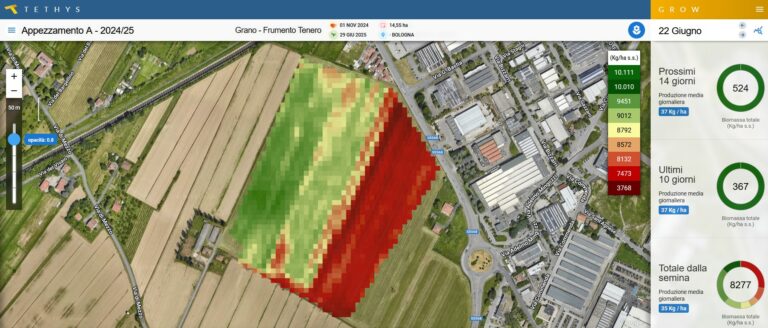
Continuous monitoring, throughout the life of the system
We don't stop at the design stage. The collaboration with RP Global includes the in-service monitoring of the'agricultural activity for the entire operating life of the plant.
Data updated daily, accessible via web app, annual reports, comparisons between scenarios and real results: everything contributes to making agricultural management transparent under the panels, and to offer concrete tools to technicians, agronomists and competent authorities.
Measuring Microclimate: More Data for Experimental Plants
In the plants included in the experiments foreseen by the Legislative Decree 199/2021, which represents the Italian regulatory framework that enables experimental agrivoltaic projects, with particular reference to the financing provided for by the PNRR, will be installed localized weather stations, capable of monitoring the climatic conditions under the modules and in the open areas.
The information collected – solar radiation, wind, humidity, temperature – will be fundamental for studying the'Effect of photovoltaic structures on agricultural microclimate and guide increasingly targeted agronomic choices.
Verifiable Agrivoltaics, for a credible energy transition
With this agreement, RP Global and TETHYS are setting a clear direction: make the'measurable, documentable and methodically designed agrivoltaic, so that it can represent a real development opportunity for rural areas.
We can already count on documented concrete cases, such as the pilot project with Pizzoli, which predicted yields with a margin of error of less than 10% and has reduced water consumption by more than 10% or the research project on kiwifruit mortality, which will continue in 2025 with a focus on crop criticalities And advanced agronomic management, thanks to the integration between coverage and satellite monitoring.
It's not just about placing crops and panels side by side, but about building a integrated model, in which Energy and agriculture reinforce each other. And where data becomes a guarantee of quality, sustainability and positive impact.

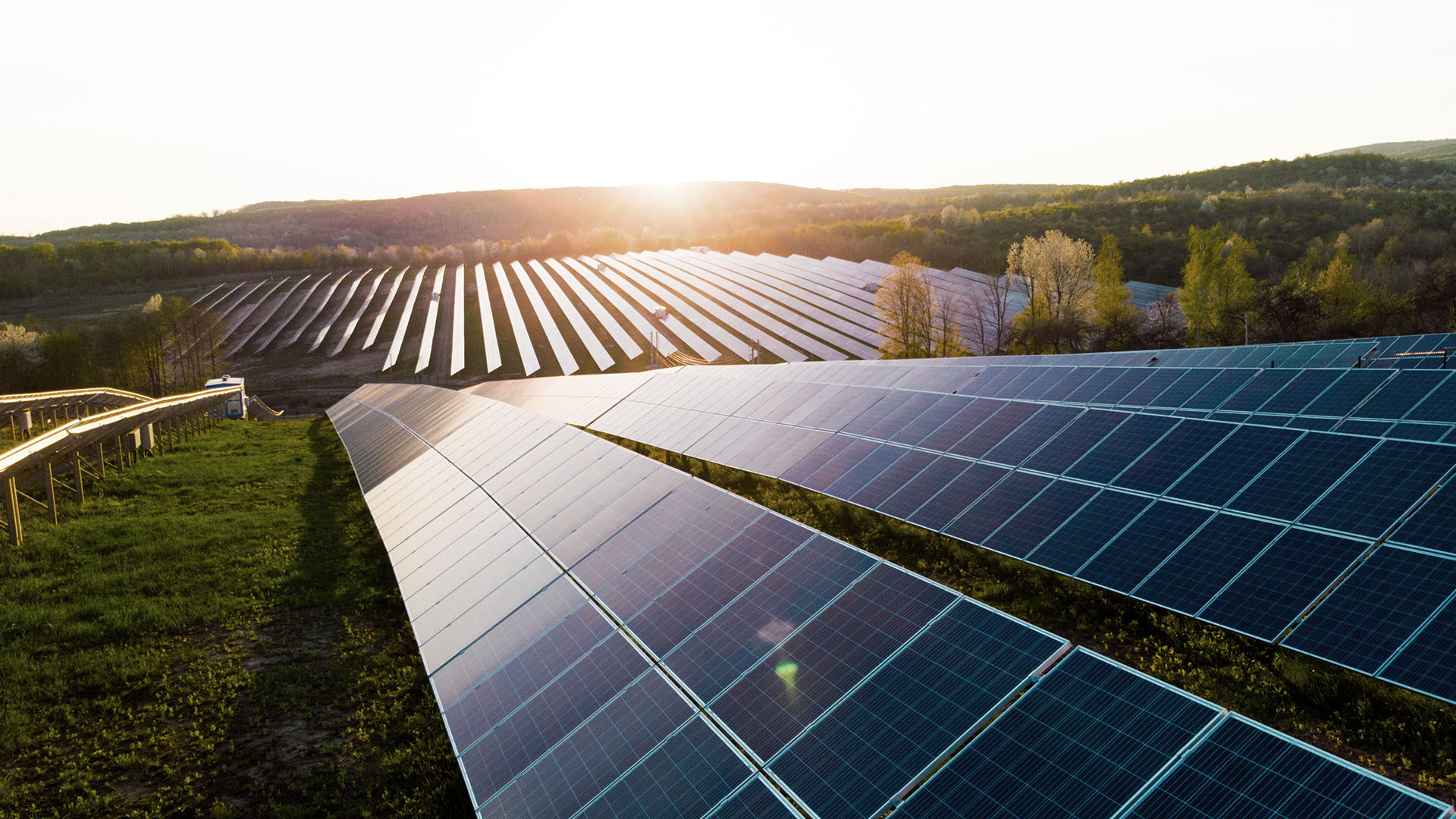
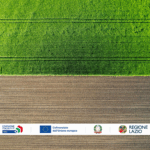

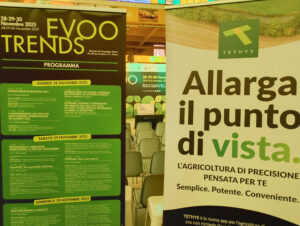
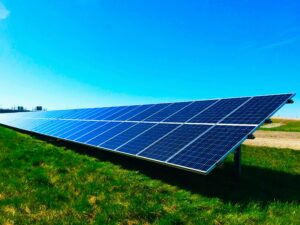
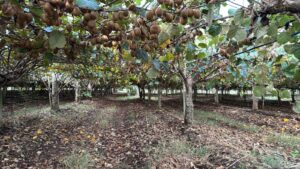

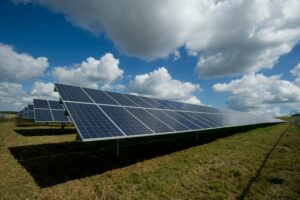

Add comment
You must be logged in to post a comment.